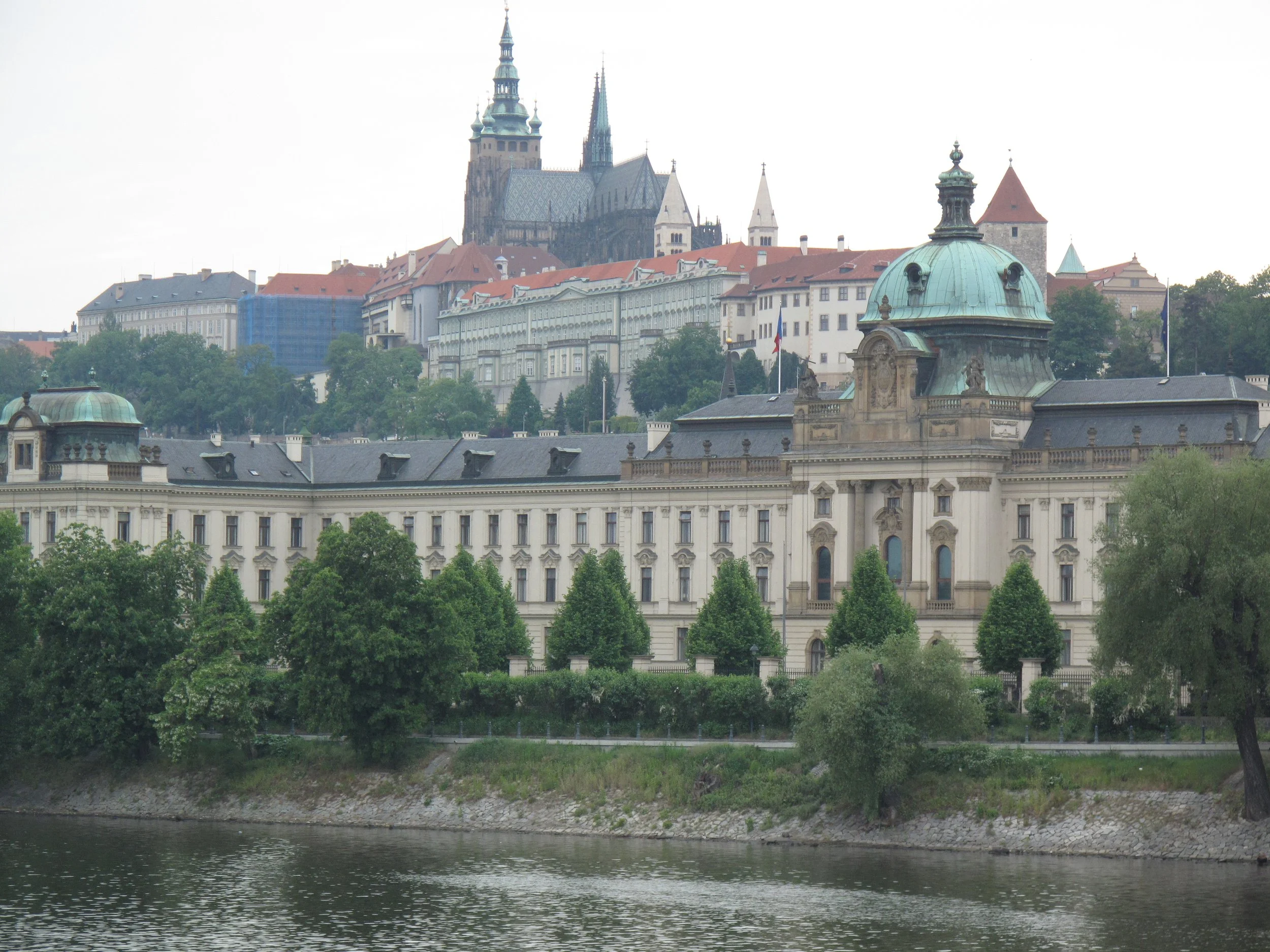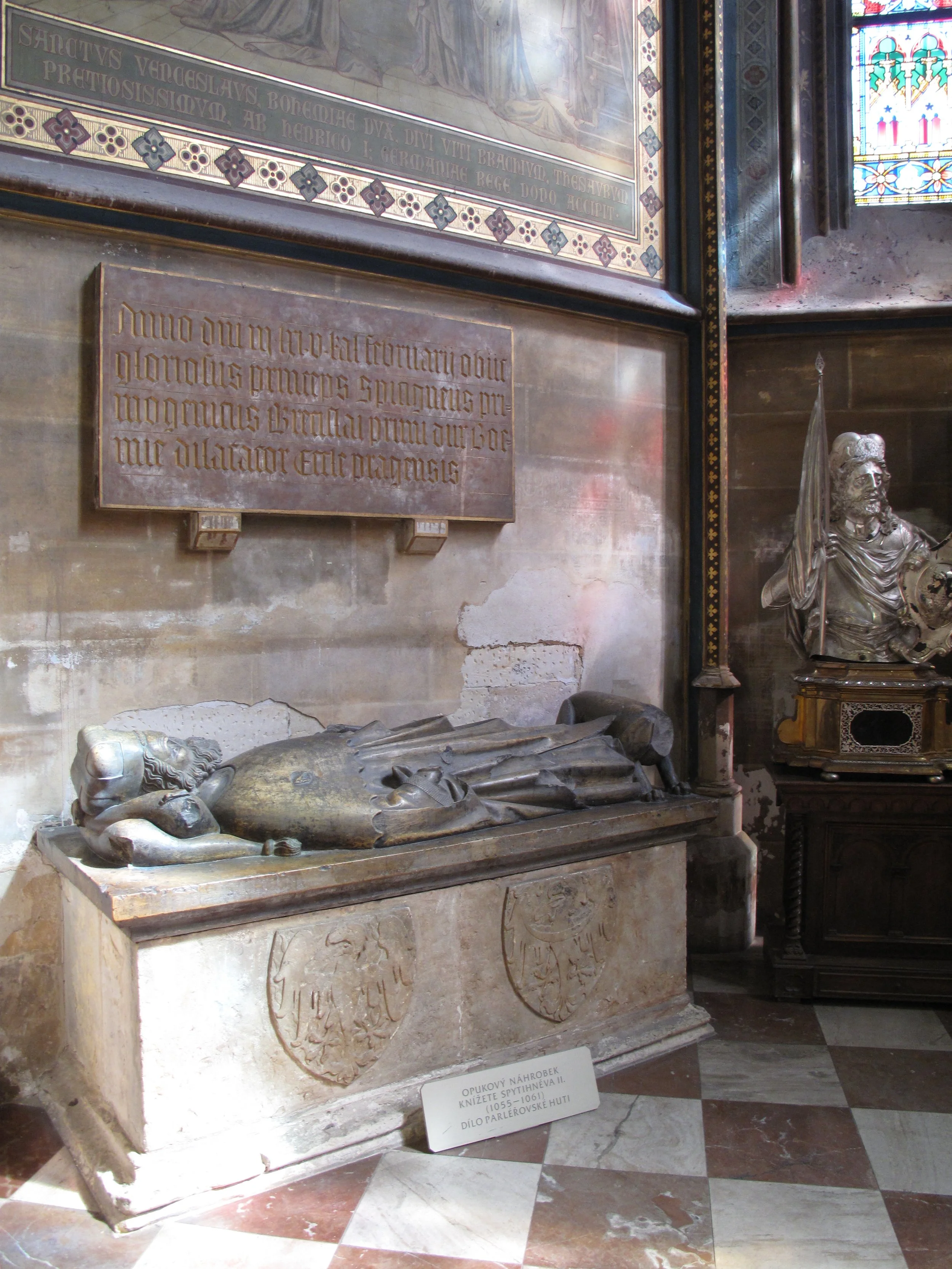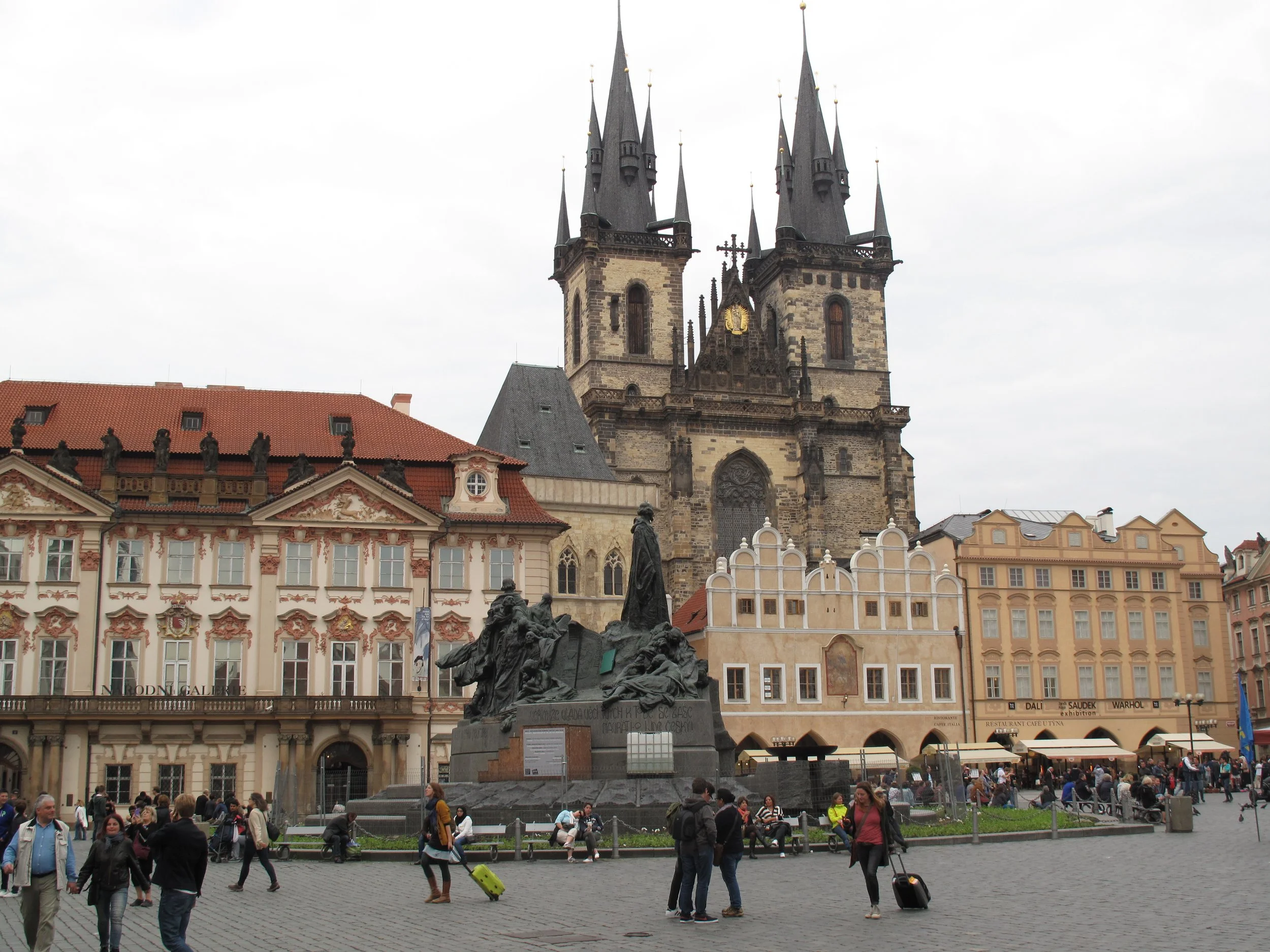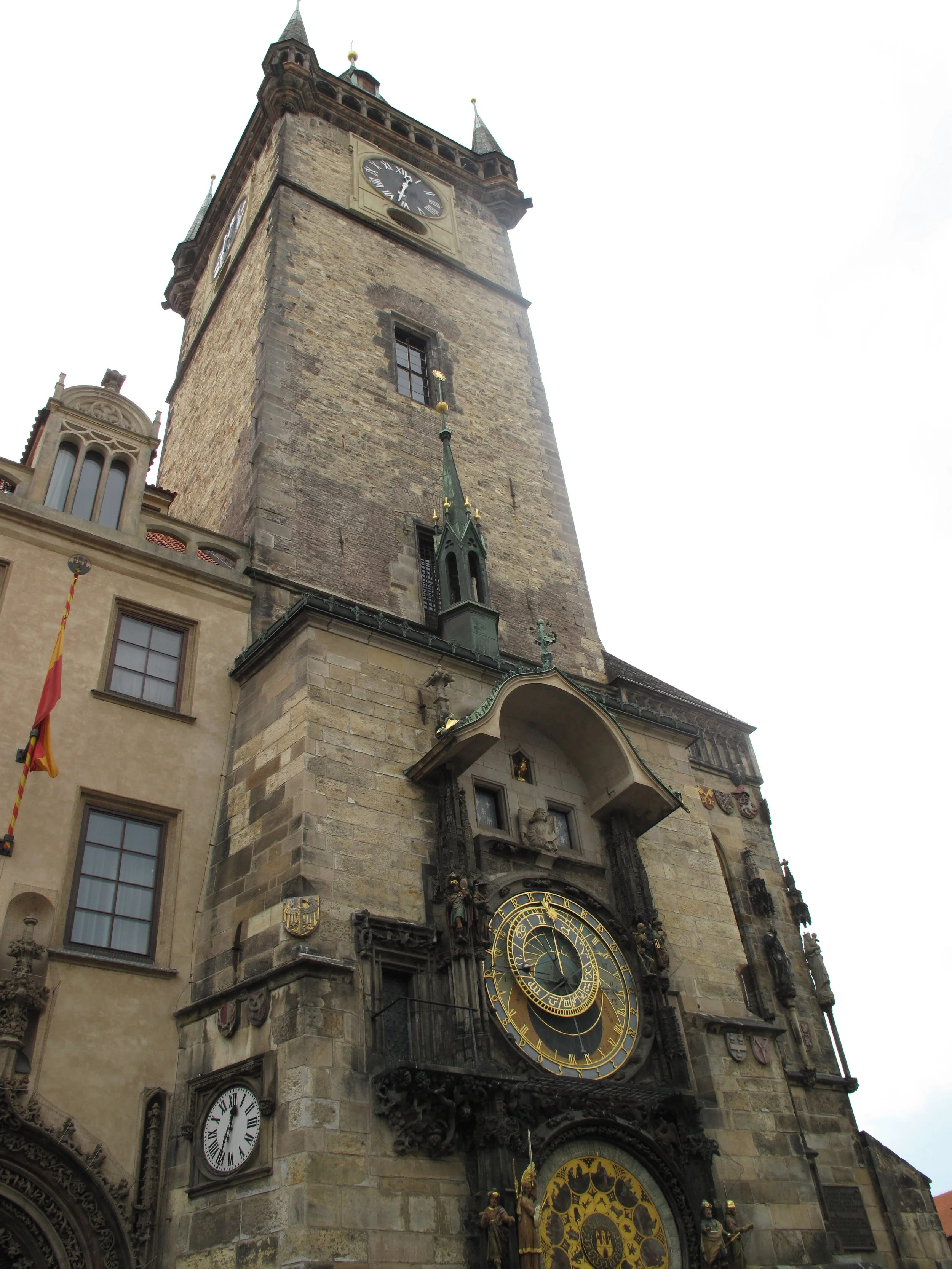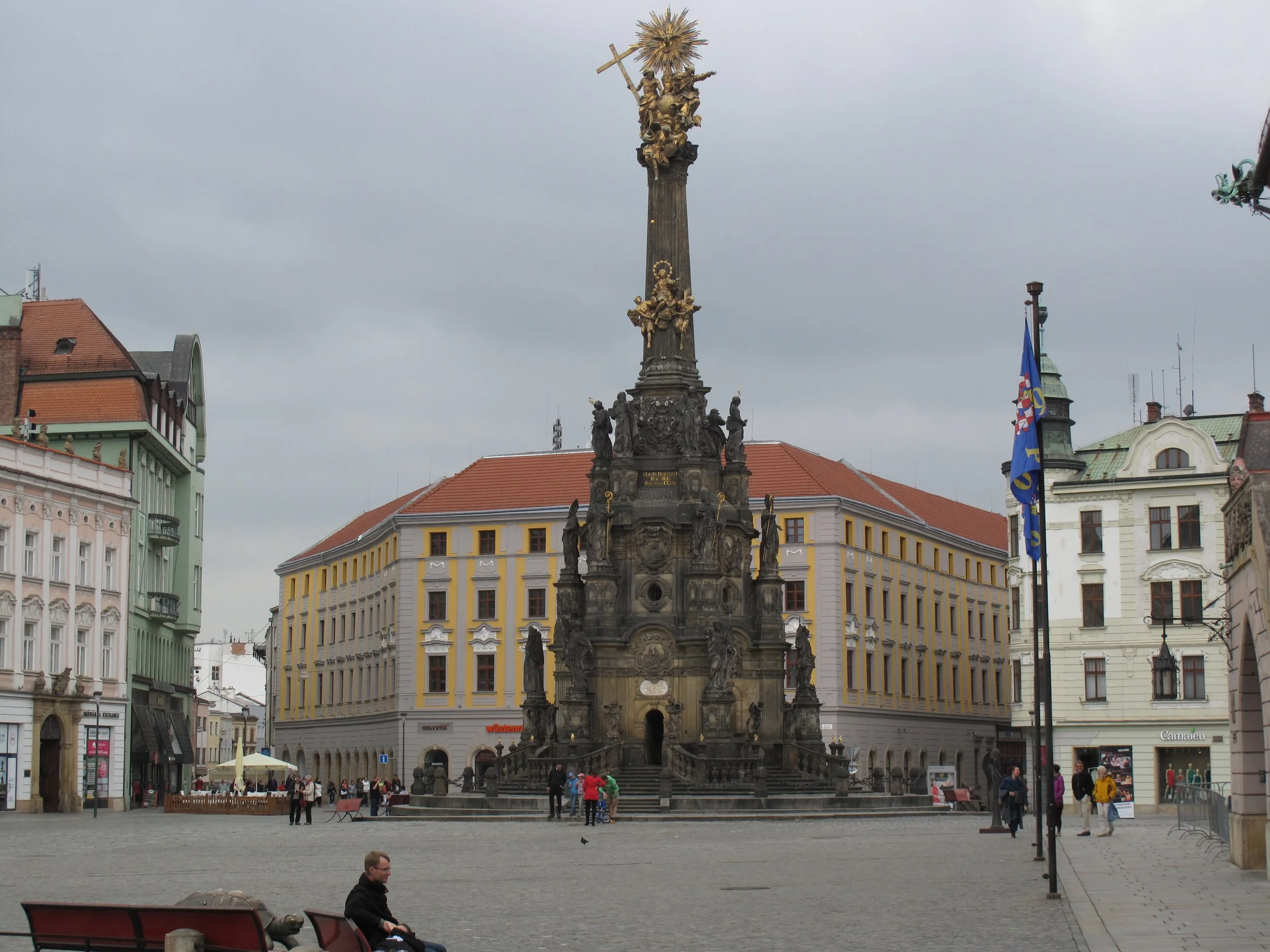Czech Republic. City of a Hundred Spires
Prague is my favorite city in Eastern Europe. Located on the Vltava River and stretching up valleys and across hills, it is the Czech Republic’s capital and largest city (1.4 million). With a skyline featuring ornate Gothic churches and other historic structures, Prague’s nickname is “City of a Hundred Spires.” Among other roles, the city is a center for higher education. Founded in 1348, Charles University is among the oldest institutions of higher learning in Eastern Europe. Among its other distinctions, Prague is the historic capital of Bohemia and a former residence of several Holy Roman emperors. First occupied during the Paleolithic era, it was settled by Celtic tribes that arrived between the 5th and 4th centuries BC. Although they established military camps within what is now the Czech Republic between 172 and 180 AD, there is no evidence of a permanent Roman settlement on the site of Prague.
With the end of WWI and collapse of the Austro-Hungarian Empire, Prague became capitol of Czechoslovakia. The city was a German protectorate during WWII and in 1942, the Nazi leader Reinhard Heydrich was assassinated there by two Czechs. With the Soviet Union’s collapse in 1989, the Czech Republic was once again independent. Prague has several world-class museums and many galleries and cinemas. Action-movie lovers may recognize it from the Tom Cruise’s, Mission Impossible (1996).
Located on the Vltava River’s “Left Bank,” Prague Castle (aka Hradĉany Castle) occupies an area of more than 70,000 square meters. The first building constructed on the site was the Church of the Virgin Mary in the late 9th century. During the 14th century, the castle’s buildings were renovated using a Gothic design in preparation for its use as a royal palace for Holy Roman Emperor Charles IV. In 1918 the castle became home to the president of the Czech Republic. The castle complex has several churches including St. Vitus Cathedral and the Romanesque Basilica of St. George. There are also large halls and numerous towers. An example of Gothic architecture, St. Vitus Cathedral contains the tombs of kings and Holy Roman emperors. Its name was chosen because Prince Wenceslaus I had been given a relic (an arm) of the Christian Saint, Vitus.
St. Nicholas (aka Malá Strana) is a Baroque church in the Lesser Town portion of Prague. Built on the site of a former Gothic church and completed in 1755, the church features interconnected cylinders and a central dome with a diameter of 20 meters and interior height of 57 meters. Another older church is Our Lady Before Tyn, a three isle Gothic structure completed in 1450 on the site of an 11th century Romanesque church. Located in Old Town, Prague, it has two 80-meter-tall towers, each topped by a spire with eight smaller spires in two groups of four.
Dating to 1410, the Orloj is a medieval astronomical clock that displays the time and position of the sun and moon. Each hour, mechanical figures of the apostles (and a skeleton) appear in what local residents call “The Walk of the Apostles.” Damaged by Nazi forces in 1945, the Orloj is the third oldest astronomical clock in the world and the oldest still operating.
The Column of the Holy Trinity Olomouc is a Baroque monument (Trinity column) constructed to celebrate the end of a plague that struck the Czech Republic between 1713 and 1715. Near the top center of the column is a gilded cannonball, a reminder that the monument was hit by Prussian cannons during a siege in 1758. The Angel Gabriel is represented at the column’s top.

